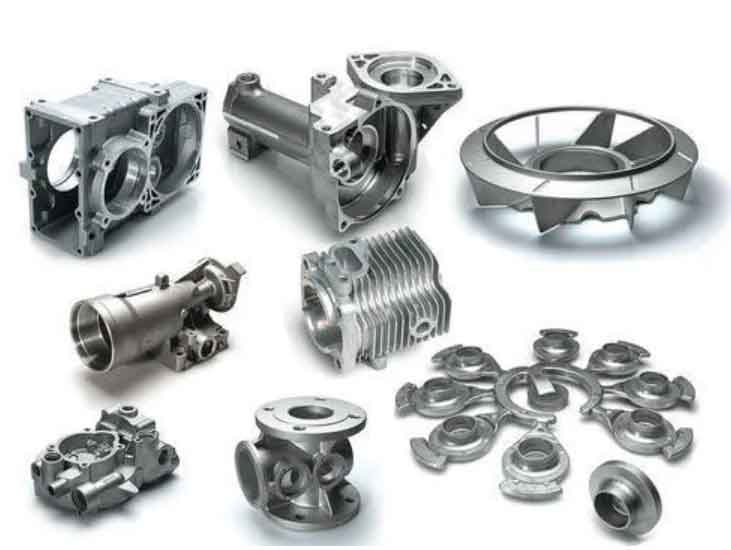Grey cast iron is renowned for its excellent heat resistance and thermal conductivity, making it a crucial material in heat transfer applications. These properties stem from the unique microstructure of grey cast iron, which consists of graphite flakes embedded in a matrix of ferrite and pearlite. Here’s how its characteristics contribute to heat transfer applications:

- Heat Resistance: Grey cast iron can withstand high temperatures without losing its structural integrity. This property makes it suitable for components in applications where heat exposure is common, such as engine blocks, exhaust manifolds, and industrial furnaces. Its ability to retain its shape and mechanical properties under high temperatures ensures the longevity and reliability of these components.
- Thermal Conductivity: The presence of graphite flakes in grey cast iron provides an efficient thermal pathway for heat transfer. Graphite has excellent thermal conductivity, allowing heat to travel through the material quickly and evenly. As a result, grey cast iron is well-suited for applications involving heat dissipation or heat distribution, such as engine cylinder heads and heat exchanger components.
- Heat Retention: Grey cast iron’s high heat capacity allows it to absorb and retain heat for extended periods. This property is beneficial in heat-storing applications, where the material acts as a reservoir of thermal energy. For example, grey cast iron is utilized in wood-burning stoves and other heating appliances to release heat gradually and maintain a consistent temperature.
- Low Thermal Expansion: Grey cast iron exhibits relatively low thermal expansion compared to other materials. Its coefficient of thermal expansion is lower than that of steel, which can be advantageous in applications where dimensional stability is essential under fluctuating temperature conditions.
- Heat Transfer Components: Grey cast iron is used in various heat transfer components, including radiator cores, heating radiators, and cooling fins. Its excellent thermal conductivity ensures efficient heat exchange, allowing for effective cooling or heating in these applications.
- Cookware and Bakeware: Grey cast iron is commonly used in cookware and bakeware due to its ability to distribute and retain heat evenly. It ensures even cooking and baking by maintaining a consistent temperature across the cooking surface.
- Heat Treatment: Grey cast iron can be subjected to various heat treatment processes to enhance its properties further. Heat treatments such as annealing, normalizing, and quenching can modify its microstructure and improve its heat resistance and thermal conductivity.
Due to its exceptional heat resistance, thermal conductivity, and other beneficial properties, grey cast iron is widely utilized in a diverse range of heat transfer applications across industries, including automotive, industrial machinery, and home appliances. Its reliability and cost-effectiveness make it a preferred choice for engineers and manufacturers seeking efficient heat management solutions.
